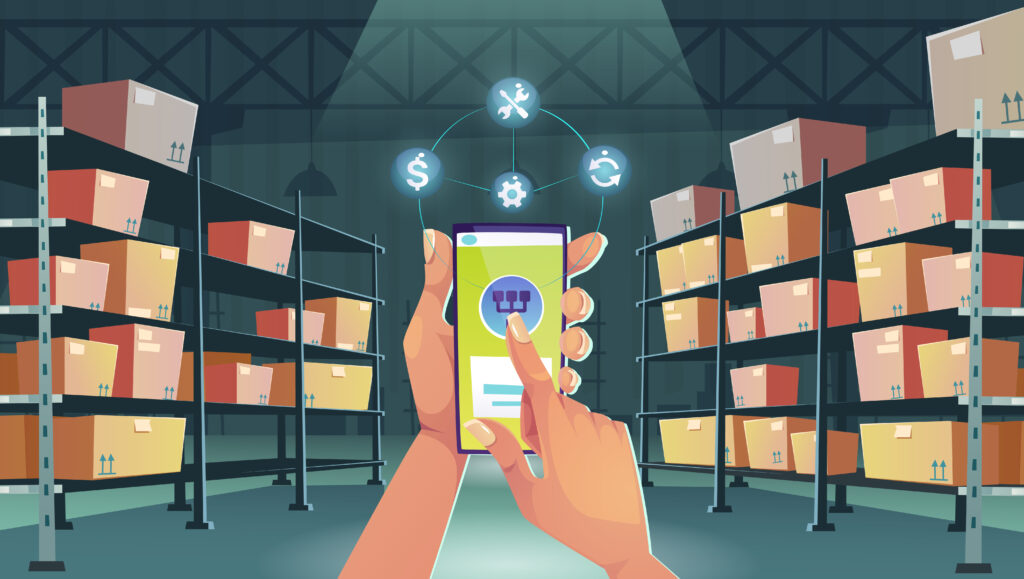In today's digital era, modern design has become integral to many applications, enabling them to offer user-friendly and smooth experiences. However, implementing custom design into mobile apps can be a daunting and time-consuming task for developers with limited knowledge of native components. That's where Material M3 comes to the rescue. Material M3, a mobile SDK developed by Google, provides a seamless solution for integrating advanced design features into mobile applications without extensive expertise. In this blog, we will explore the capabilities of Material M3 and how it simplifies the process of incorporating advanced and smooth design into mobile apps.
Material M3 offers a wide range of pre-developed components and APIs that cater to various use cases, enhancing the functionality of mobile applications. Let's take a closer look at some of its key features:
Material:
With Material M3, developers can design inspired by real-world material objects. M3 provides surfaces, edges, and shadows to create a sense of depth and hierarchical design within mobile applications.
Bold Graphics:
With Material M3, developers use bold colors, typography, and imagery features to implement visually appealing and engaging user interfaces with result the of more user-friendly user experiences.
Responsive Animations:
With Material M3, developers can use the native component default or custom animation for a smooth and meaningful user interface. M3’s response to animation enhances the overall experience of a normal user.
Intuitive Interaction:
Material M3 provides complete guidelines for creating the best design patterns that are intuitive and easy to understand for normal users. M3 provides the best navigation and seamless interfaces for interacting with mobile apps.
Adaptive Design:
Material design provides adaptive components for various screen sizes, devices, configurations, and orientations and ensures consistency and usability across mobile apps.
Material M3 design provides many components with many different use cases. You don’t need to create any custom components within your mobile application. You just need to use the required attributes to manipulate components to create your target design. With Material M3, you can remove boilerplate code for your mobile design side.
Material M3 provides support for hybrid mobile application platforms, for example, React Native and Flutter. It also supports new UI development technologies for native mobile application platforms for example compose-UI and swift-UI you just need to import the library for material M3 and use it according to your technology and requirements.




